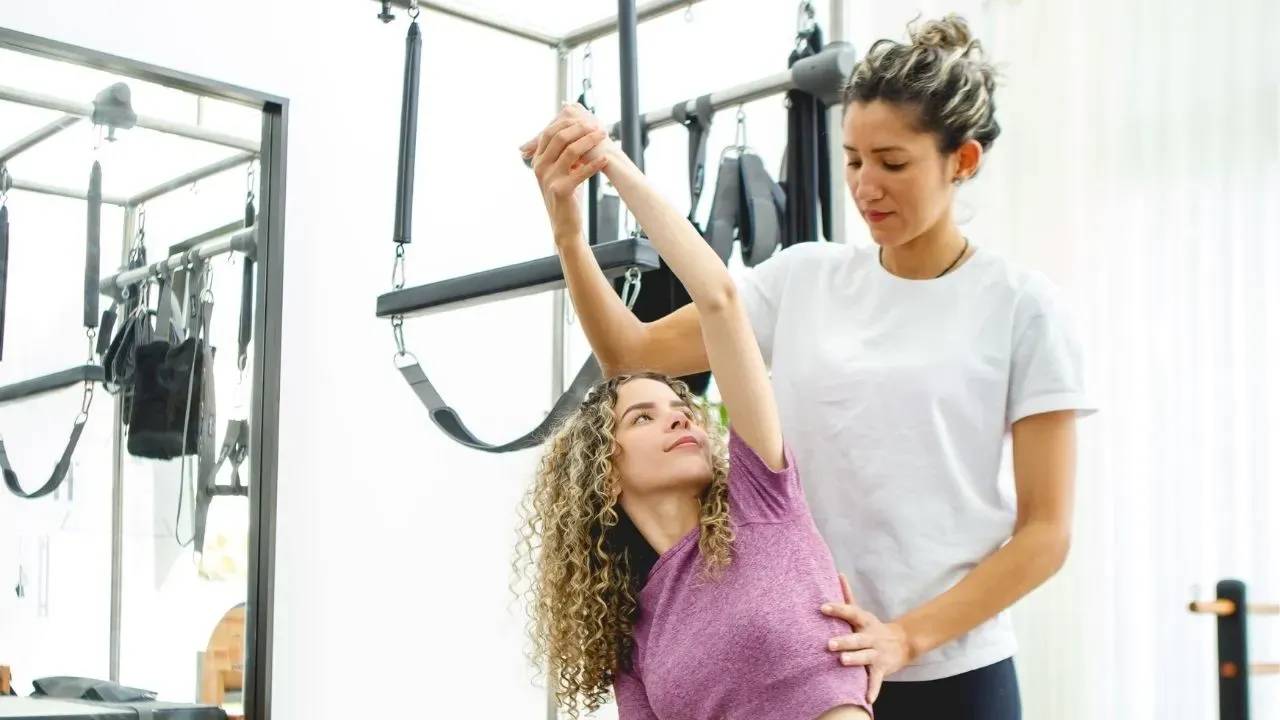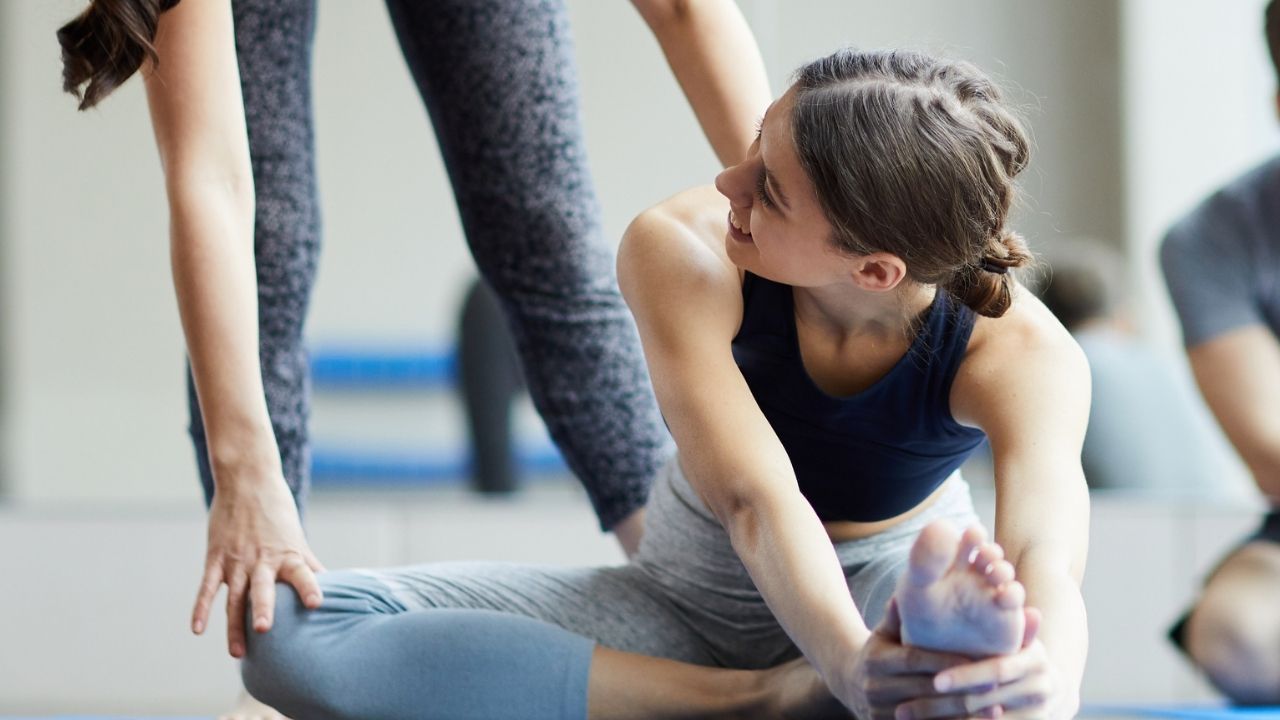Classical versus Contemporary Pilates: There's Only One Pilates Method
Aug 21, 2018
In my Pilates world, the one that I’ve created for myself, first in my body-mind, and as an extension of that in my local studio and my online Pilates Encyclopedia, there is only one Pilates, the one that matches the body who’s doing it. If you need to put a label on it, call me contemporary.
Even though classical Pilates usually follows a set sequence, a (good) classical teacher still adapts to the student in front of her. So then where’s the difference? Why are we fighting?
Not sure. But the more I’m teaching, the more I realize that each student needs something different.
If you have students with multiple sclerosis you know that balance is one of their main goals in their Pilates practice. But if we only get to the balance exercises at the end of the session (as the sequencing guidelines I learned in school dictate), they will be too tired and weak. So, we choose to begin with the standing balance exercises and then continue with easier supine exercises that improve hip mobility and strength or core strength or anything else that my students need.
When I was in my worst phase of adrenal fatigue, I didn’t want to lie down during my practice at all. I would have fallen asleep. I only chose exercises that were seated or standing to keep my metabolism steady. I also didn’t practice any of the advanced repertoire. Strenuous exercise would have depleted my energy even more. Does that make me a bad Pilates teacher? Aren’t I supposed to be so great that I cause jaws to drop at the studio on a daily basis, and hanging upside down from the Trapeze Table is just a warm-up?
No way. I think it makes me a smart practitioner and teacher. Always adapt to the individual’s needs - is this at least something we can all agree on?
There is only one Pilates. You can turn this phrase around - in a typical paradoxical two-way-stretch Pilates manner - and phrase it “There are as many styles of Pilates as there are people.” The variations for each exercise are endless because each person has developed their body in a very unique way over the course of decades. The particulars about which muscles are strong and which weak, which are long or short, are different in each human.
I advise using the IF-THEN style of Pilates. I call it the ADAPT Pilates™ Method.
IF... your back flattens out during the roll up, that’s a sign that your hip flexor muscles are doing more work than the abdominals.
THEN… bend your knees to bring some slack into the hip flexors which makes them work less, so that your spine can flex better which will in turn make the abdominals work harder. Assuming that’s something I want. Maybe my goal is hip flexor strength.
THEN… keep your knees straight during the roll up.
The misunderstanding and confusion often start because we first look at the external form of the exercise, and then want to copy the way it looks without asking ourselves first what the purpose of the exercise is. Why are we doing it in the first place? What’s my goal with this particular movement?
I’d love to encourage us all to look for the commonalities, rather than the differences. What do we do or have in common? Let’s use those points to define what Pilates is, and the rest we attribute to our own personal “flavor”, our personality, our experience in our own body-minds.
In every profession, there are people we resonate with and those we don’t. There are massage therapists whose touch we enjoy, and others whose touch we dread. Not all physical therapists agree on the best technique to treat a patient. Have you ever tried to explain what type of haircut you want to several different hairdressers? Believe me, the result will be totally and completely different each time. Because each person is unique. And that’s a good thing. They are still all hairstylists/physical therapists/Pilates teachers, though with different levels of experience and training. It’s all good, people.
Just as people look different, like different kinds of foods, drive different brands of cars, wear different kinds of clothing, we still have some features that are the same for all humans. Let’s focus on what unites us rather than what separates us.
What do you think unites us as Pilates practitioners?










